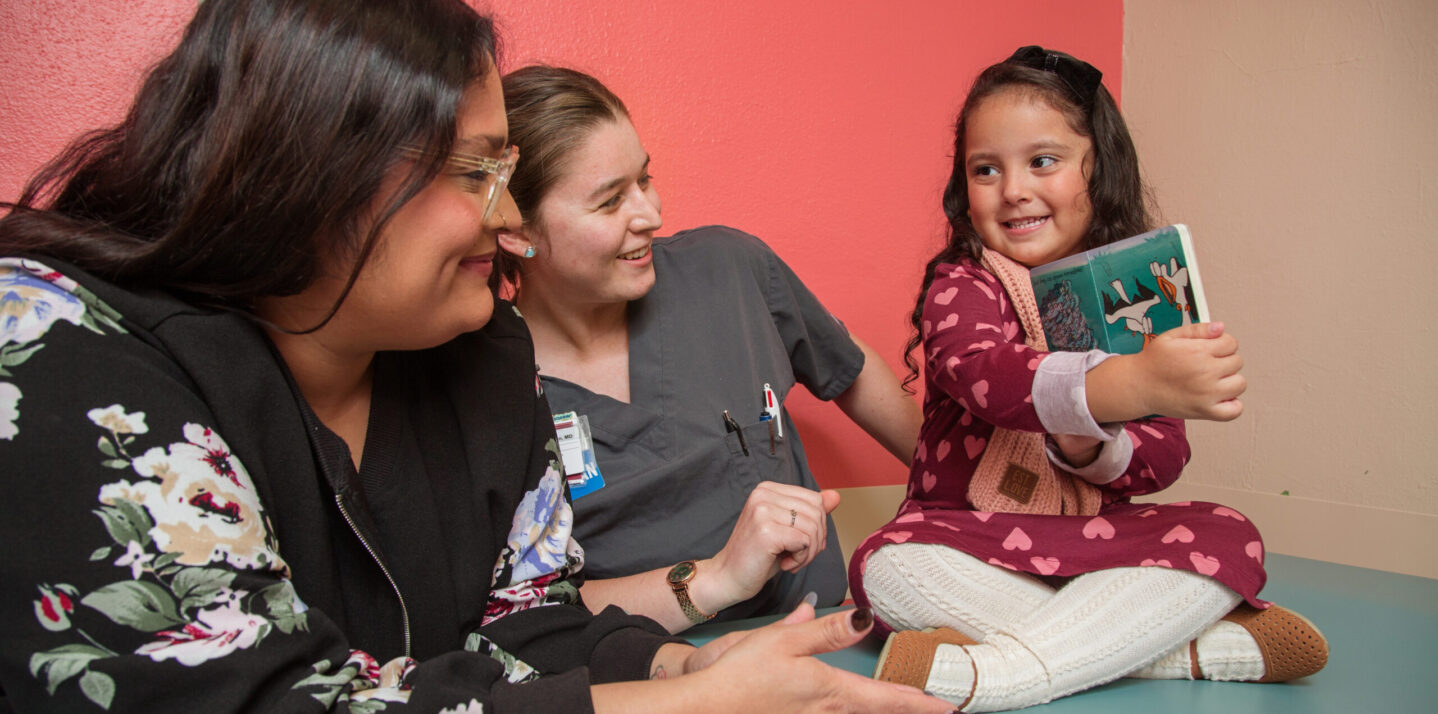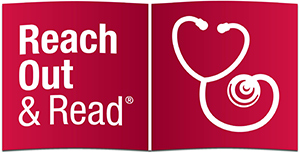The commentary below has been provided by Dr. Pamela High.
Dr. Robert Sege and his pediatric and public health colleagues looked at the association between seven relationship-based Positive Childhood Experiences (PCEs) and adult health and opportunity outcomes. These PCEs included adults affirming that as children they felt safe and protected by adults, supported by friends and family, and a sense of belonging in high school; they were able to talk to their family, at least two adults took an interest in them, and they enjoyed community traditions. Their cross-sectional study used socio-demographically weighted survey data from more than 20,000 adults who completed the CDC-sponsored Behavior Risk Factor Surveillance Survey in four states. The 53% of adults who acknowledged six or seven PCEs had increased postsecondary education and income, as well as lower risk of heavy smoking and lower prevalence of poor physical health, poor mental health and eight of ten common chronic health conditions compared to their peers with fewer PCEs. This was calculated to be associated with an annual economic value of more than $200 billion from reduced morbidity and mortality.
As a facilitator of Positive Childhood Experiences, Reach Out and Read asked parents in its earliest studies the open-ended question “what are your three favorite things to do with your child?” When one of these was reading together, we said that families had a family or child centered literacy orientation. But really, the key element we were identifying was the joy of sharing the love of reading, the love of books, their love for their child, and through this building early relationships. For me, the reason that Reach Out and Read has what some call “gut validity” is because once you hold a young child in your lap and look at, touch, read, share and/or talk about a book together, you feel that joy and you know that you are part of a fun and enriching experience. You want to share this joyful experience with others. The joy emanates from the safe, secure, nurturing early relationships that are being built and reinforced often through reading and sharing books together.
Read the complete article here.




